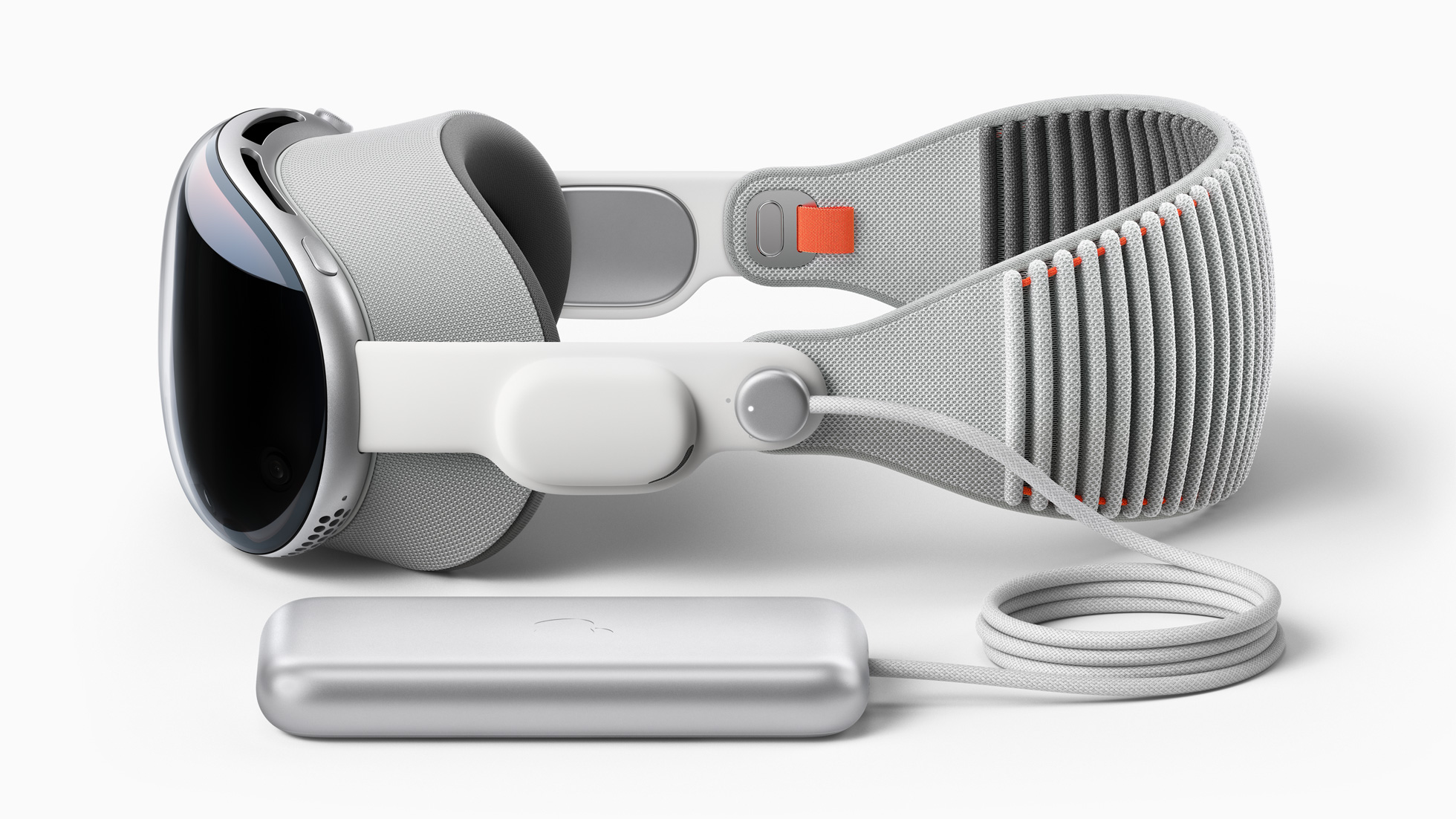Vision Pro Use Case
As we’ve talked about before, Vision Pro Will Be a Hit—Once the Apps Show Up. The collective investing community (and consumers) are skeptical that Vision Pro will become a measurable part of Apple’s business because the utility of spatial computing is still unknown. On day one, the most compelling app is Spatial Video, which brings video memories to life in a new way. But this needs to go far beyond fixing memories, and as developers build exciting apps, demand and sales will increase.
At launch, Vision Pro has 600 apps available. That’s an accomplishment when you consider developers were limited to testing apps on Vision Pro hardware because only six testing centers are available globally. What makes it more impressive is Vision Pro already exceeds the number of apps available on the Meta Quest store (574), which has been around since the fall of 2020.
I agree with the skeptics, today Vision Pro is a technological solution looking for a problem. For 2024 the product will appeal to developers and tech enthusiasts because it’s crazy expensive (7x more than Quest 3), and by my measure, it’s crazy powerful (30x more than Quest 3 when comparing display, cameras, interface, and compute).
The central question for the success of Vision Pro: Will developers get behind it?

